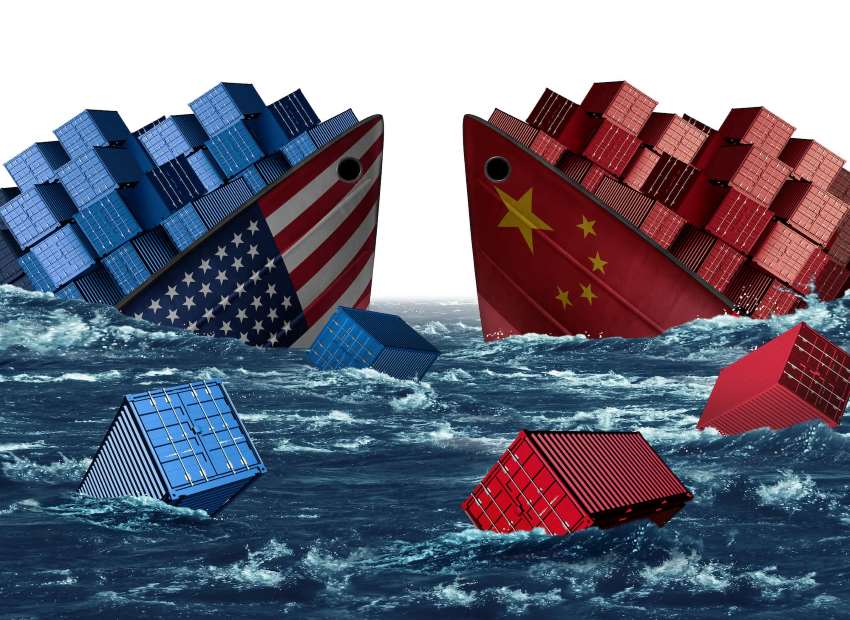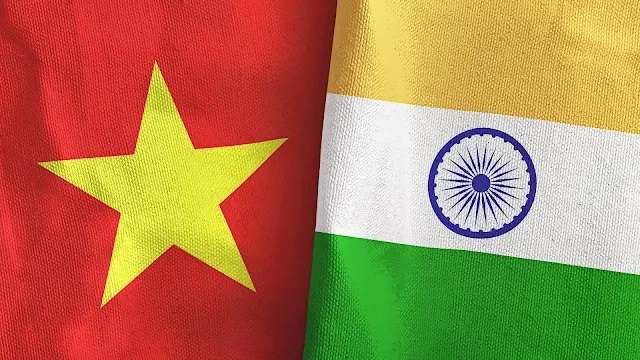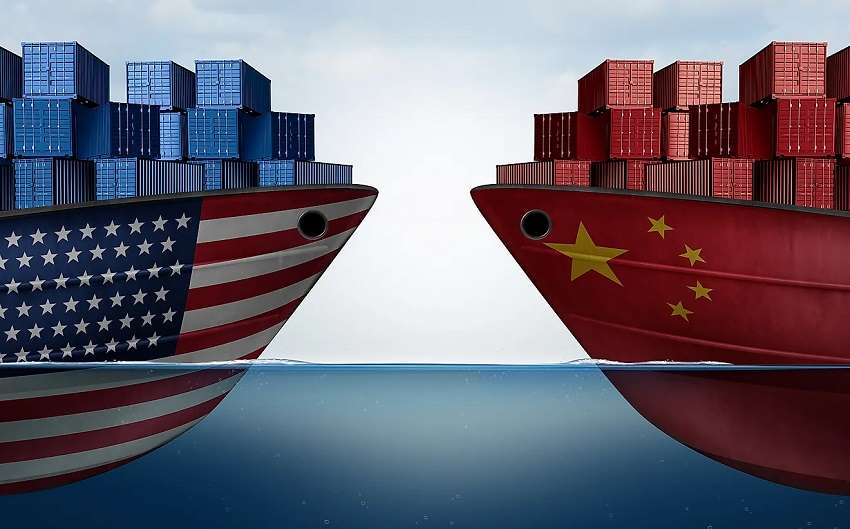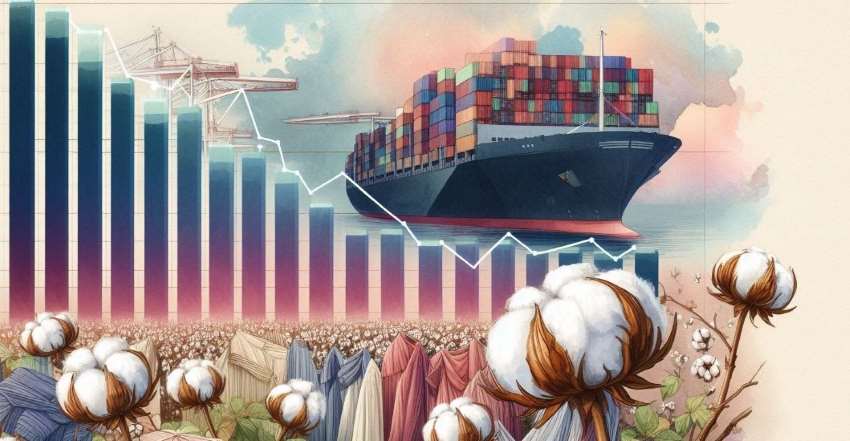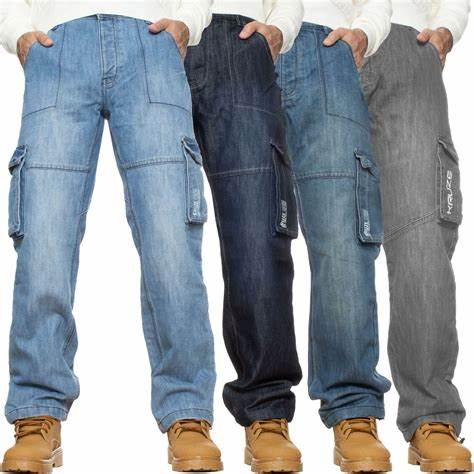"In the Age of Sail, all lines and sails on ships were made of natural fibres, mostly hemp and sisal for ropes, and linen for sails, and millions of tonne of each fibre were produced each year. Today, with the exception of museums, all ships’ lines and sails are made of nylon, polypropylene or polyester, and world production of natural fibres used in lines and sails has reduced to just a few hundred thousand tonne. Prior to the advent of ‘fast fashion’ and ‘casual Fridays,’ wool was a major apparel fibre. In the 1960s, wool accounted for 10 per cent of world apparel fibre use. Today, wool accounts for 1 per cent of world fibre use."
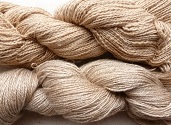
In the Age of Sail, all lines and sails on ships were made of natural fibres, mostly hemp and sisal for ropes, and linen for sails, and millions of tonne of each fibre were produced each year. Today, with the exception of museums, all ships’ lines and sails are made of nylon, polypropylene or polyester, and world production of natural fibres used in lines and sails has reduced to just a few hundred thousand tonne. Prior to the advent of ‘fast fashion’ and ‘casual Fridays,’ wool was a major apparel fibre. In the 1960s, wool accounted for 10 per cent of world apparel fibre use. Today, wool accounts for 1 per cent of world fibre use.
In the 1800s and early 1900s, cotton accounted for 75 per cent of world fibre use, and in the 1960s, cotton still accounted for two-thirds of all fibre use. By the 1980s, cotton’s share had reduced to half, and today, cotton’s share of world fibre consumption is less than 30 per cent, and still reducing.
China – the biggest catalyst
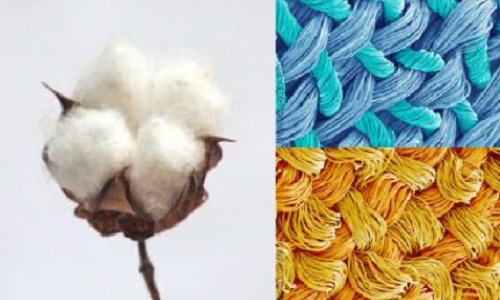
As China started to industrialise in the early 1980s, textile production was a leading area of investment. In 1990, polyester fibre production in China was about 1 million tons but by 2015, polyester production in China had grown to approximately 35 million tons, equal to 70 per cent of the world total. The 35-fold increase in polyester production in China in 25 years is the single biggest factor reducing world demand for cotton today.
There are no comprehensive statistics on the number of polyester fibre production plants in China, their ownership, sources of financing or operating costs. However, the growth in polyester production in China has been so rapid, so enormous and so incongruous with investment patterns in other countries in Asia, that it is impossible to believe that industry expansion is a result of competitive, private sector investment. The cost of construction of a polyester plant with a capacity of 250,000 ton per year is estimated at about $150 million. It has been widely reported that the national, provincial and local governments in China encourage industrial expansion through loans that are never repaid made by government-owned banks.
Given the emphasis by all levels of government in China on textile production since 1990, it is highly likely that much of the expansion of polyester production capacity occurred with the help of loans that have become grants. It would be naïve to think that the expansion in polyester production in China occurred because Chinese consumers were demanding more polyester or that other market forces encouraged such growth. The expansion resulted from the industrial policies of the Government of China. Loss of market share for cotton has been largely the result of policies of the government of China following China’s accession to the World Trade Organization (WTO) in 2001 and the end of the Multifiber Arrangement (MFA) in January 2005.
Need of the hour
With global economy becoming highly competitive, and industries facing strategic threats, natural fibres, more than most other agricultural commodities are facing stiff competition from manmade alternatives. As of 2016, cotton appears to be the declining industry, stuck between low prices for polyester and huge stocks of cotton, as well as under attack from government agencies wishing to limit cotton production because of perceived environmental and social harm. The governments of countries concerned about the health of the cotton economy must unite to confront these threats. Governments must also premise policies and programs to enable cotton producers to innovate, adopt and implement the latest technologies that produce increased yields at lower costs and offer fibre to textile mills at prices competitive with polyester.
Governments with an interest in the preserving the global cotton industry needs to unite in the WTO to oppose China’s subsidization of polyester production, in the same way that governments have waged a campaign to reduce direct government measures that distort cotton production and trade. If that’s not done, then cotton’sloss of market share will keep on growing, and the livelihoods of cotton producers will be further compromised.



